Detour/1945/PRC/67 min.
Luck so bad it borders on absurd, a story as flimsy as cardboard, a femme fatale who’s downright feral. That would be 1945’s “Detour,” a B classic that director Edgar Ulmer shot in less than a month for about $30,000.
Despite these limitations (or maybe because of them) Ulmer manages to work some visual miracles. Those foggy scenes where you can’t see the street? He didn’t have a street so he filled in with mist. Born in what is now the Czech Republic, Ulmer came to the US in 1923. He brought a high-art, painterly disposition to this tawdry little flick, as he did to most of his work. (Ulmer’s “The Black Cat” from 1934 is a must-see.)
With a screenplay by Martin Goldsmith (he also wrote the source story), you might say “Detour” is Ulmer’s meditation on Fate. As the film’s doomed hero puts it: “Whichever way you turn, Fate sticks out a foot to trip you.” And later: “Fate or some mysterious force can put the finger on you or me for no good reason at all.”
The doomed hero Al Roberts is memorably played by rugged, slightly boyish Tom Neal. Al plays piano in a New York nightclub; his girlfriend Sue Harvey (Claudia Drake) sings. Sue is the most wholesome nightclub singer you can imagine and maybe that’s the rub – they find it hard to make ends meet. She decides to leave New York and try her luck in Hollywood, only to end up slinging hash. (Look out for Esther Howard as a diner waitress; Howard played the haggard Jesse Florian in “Murder My Sweet” from 1944.)
To reunite with Sue, Al heads to California, hitching a ride with smug and chatty Charles Haskell Jr. (Edmund MacDonald), whose hands are mysteriously scratched. “There oughtta be a law against dames with claws,” says Haskell.
When Haskell suddenly dies during Al’s turn at the wheel, Al panics and takes off with the car. Next, Al meets the striking but cheap Vera (Ann Savage), also thumbing rides and in need of a shower. (The hairdresser slathered her hair with cold cream to make it look dirty and stringy.)
Vera happens to know Haskell and she knows a good chance for blackmail when she sees one. She works one angle after another, including a scheme to steal Haskell’s inheritance money.
She. Runs. The. Show. As director Wim Wenders says in Michael Palm’s “Edgar G. Ulmer: The Man Off-Screen” documentary: “she’s 30 years ahead of her time … a revolutionary female character.” In the same documentary, actress Savage (who made five films with Neal) says of Vera: “She’s mean to the extent that she wants to be boss. She’s a real b-i-t-c-h.”
True, Vera is not the most complex character – she’s short on nuance and dimension. But then, Vera herself would sneer at the mention of nuance and complexity, and snipe something like, “Do I look like a dictionary to you?” And as a ruthless, conniving, raw femme fatale, Savage’s Vera is hard to match.
Ulmer amazes with his deft and daring handling of the material. It’s unfortunate that he didn’t get to unleash his imagination and talent on higher-level projects. Though he worked with directors such as Fritz Lang, F.W. Murnau, Max Reinhardt, Ernst Lubitsch, Cecil B. DeMille, Erich von Stroheim, Robert Siodmak, Fred Zinneman and Billy Wilder, he was never part of the Hollywood elite.
Ulmer has said he would’ve been unhappy with the constraints of mainstream, commercial productions, but it’s likely he still craved the recognition and respect that A-list status confers. Also, Ulmer was ostracized from the in-crowd when he fell in love with the wife of an independent producer. She left her husband, Max Alexander, the nephew of Universal president Carl Laemmle.
Still, it seems Ulmer fared a bit better than his leading man Tom Neal (1914-1972) whose off-screen life would be good fodder for a noir. Neal was born into a wealthy family in Evanston, Ill., and attended Northwestern University and Harvard Law.
In 1951, he attacked fellow actor Franchot Tone in a jealous fit over actress Barbara Payton, inflicting broken bones and a concussion, and damaging his own reputation to the point of ending his career. In 1965, he was convicted of involuntary manslaughter in the shooting death of his third wife; he was paroled after serving six years of a 10-year sentence.
“Detour” was remade in 1992, starring Tom Neal Jr.
The original is recognized as corner stone of the noir genre. Filmmaker Errol Morris counts it as a favorite film, noting that: “It has an unparalleled quality of despair, totally unrelieved by hope.”
Ann Savage photo from AP/Ann Savage Archive
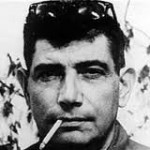
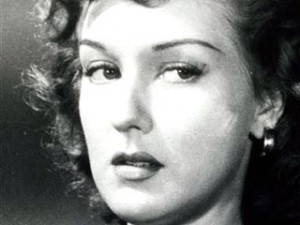
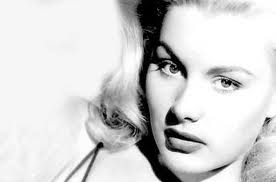





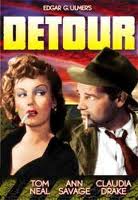
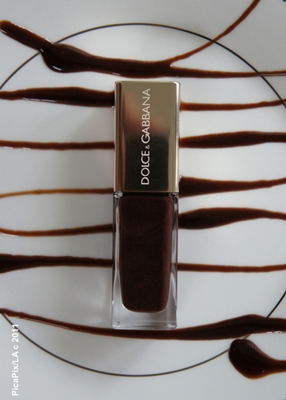

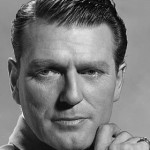
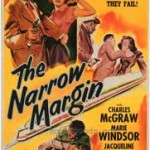
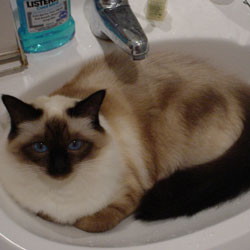

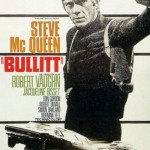
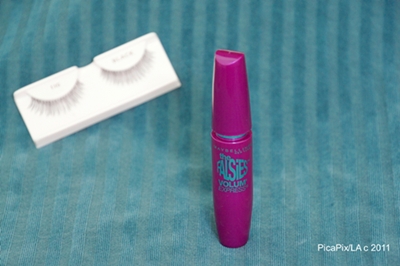

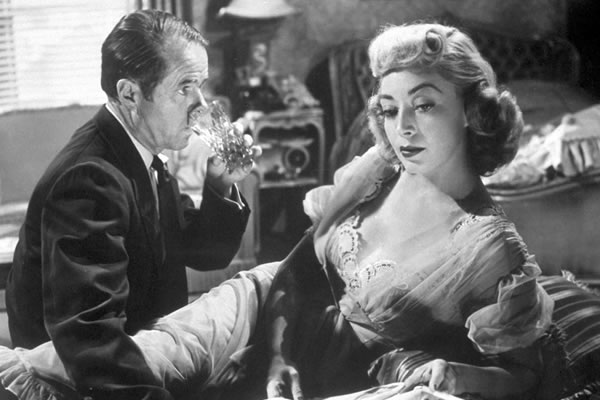
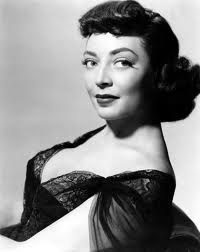





From FNB readers